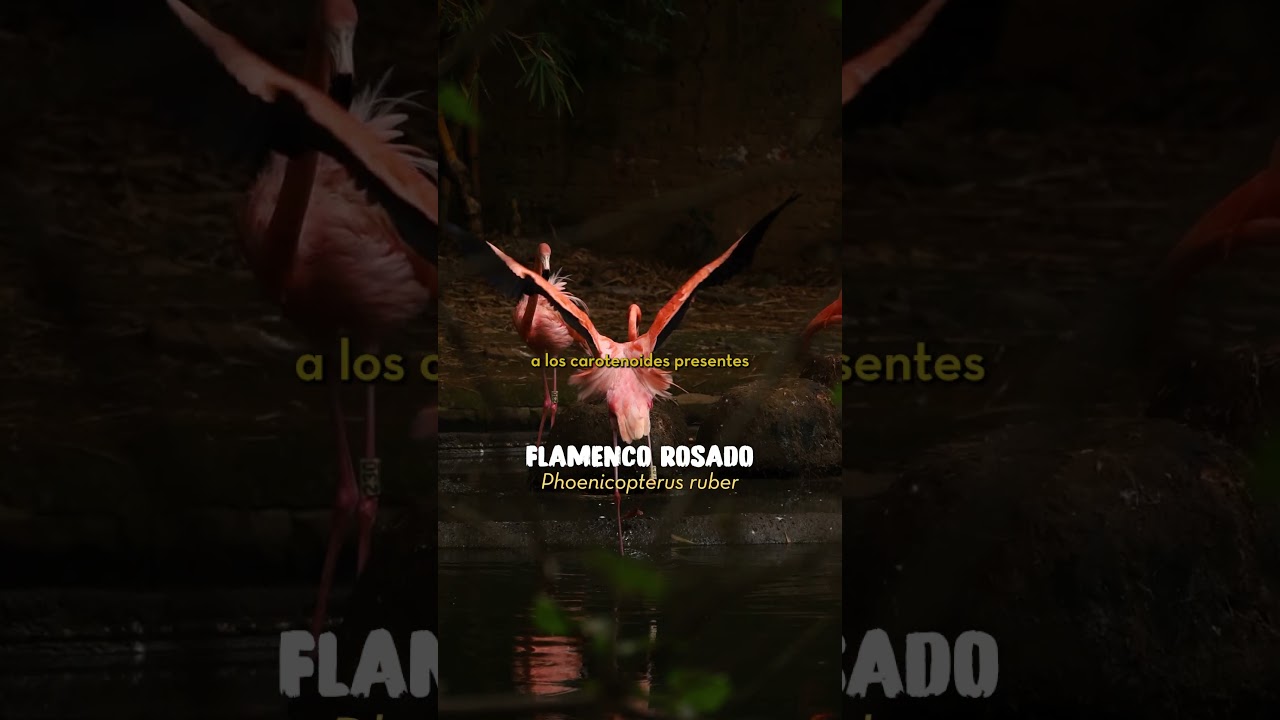- Flamingos possess unique biological adaptations that contribute to their vibrant coloration and distinct morphology.
- The ecological role of flamingos is crucial in maintaining balanced aquatic ecosystems.
- Conservation strategies are in place to address threats to flamingo populations, emphasizing the importance of habitat protection and sustainable human practices.
- The management of flamingos in zoological settings requires specialized knowledge to promote health and natural behaviors.
Flamingos, with their vibrant plumage and elegant stance, are among the most captivating birds in the avian world. Their striking appearance is a result of complex biological features and environmental interactions. Flamingos are a fascinating testament to nature’s complexity, with adaptations that are as practical as they are beautiful.
The iconic pink and reddish hues of flamingos are not inherent but are a result of carotenoid pigments obtained from their diet, which includes algae, crustaceans, and other organisms rich in these compounds. When these pigments are metabolized, they are deposited in the birds’ feathers, skin, and beaks. This nutritional aspect of their biology links flamingos not only to their unique appearance but also to their environment, where they serve as indicators of ecosystem health. Differences in color intensity and hue can be attributed to variations in diet and species, reflecting the ecological roles flamingos play across different habitats. Understanding these biological adaptations provides invaluable insights into the interconnectedness between diet, physiology, and environment.
Beyond their arresting beauty, flamingos occupy essential ecological niches. As filter feeders, they play a significant role in the health of their wetland habitats. By consuming large amounts of aquatic flora and fauna, flamingos help control the population balance, preventing any single species from overwhelming the environment. This feeding behavior also contributes to the nutrient cycling within wetlands, promoting primary productivity and maintaining the waters’ ecological equilibrium. Furthermore, flamingos serve as prey for larger predators, playing a part in the food web that supports biodiversity. Their health and stability are crucial, serving as bioindicators that reflect the broader wellness of their habitats, hence underlining the need for informed conservation efforts.
Conservation action is indispensable to safeguard the future of flamingos, particularly in light of rapidly changing environmental conditions. Habitat loss due to human activities, such as industrial development, agriculture, and water management practices, poses severe threats to flamingo populations. Wetland drainage and pollution can drastically affect the availability of their food sources, leading to population declines. Climate change further exacerbates these challenges by altering water levels and salinity in lakes and wetlands, threatening the delicate balance necessary for flamingos to thrive. Conservationists employ a variety of strategies to address these issues, including habitat restoration, legal protection mechanisms, and public education initiatives. For instance, the protection of critical breeding sites and the establishment of buffer zones around feeding grounds are practical measures that contribute to the resilience of flamingo populations.
In zoological settings, the care and management of flamingos require a deep understanding of their natural history and ecological needs. Ensuring that captive flamingos can express their natural behaviors results in enhanced welfare, which is achieved through environmental enrichment and dietary management that mirrors the nutritional content of their wild diet. Creating environments that closely resemble their native habitats, with appropriate water features and substrates for feeding, allows these birds to maintain their physical and psychological well-being. Additionally, veterinarians and zookeepers work collaboratively to develop health programs that monitor for common health issues in flamingos, such as joint problems and nutritional imbalances, which can arise from the challenges of replication of their natural foraging conditions in captivity.
The dynamic interactions between flamingos, their environments, and conservation efforts present a compelling case for the broader application of ecological and zoological principles. The life of flamingos exemplifies the importance of ecological integrity and balanced ecosystems for the survival of species. It serves as a reminder of our responsibility to preserve the natural world for generations to come, highlighting the synergistic relationship between humanity and the diverse species with which we share our planet.
*****
Source Description
Viven en grandes grupos, donde el compañerismo les proporciona protección frente a depredadores, garantizando la seguridad de cada miembro. ¡La fuerza de la colonia es su mayor defensa! 💪✨
🔍 Más que hermosos, los flamencos nos enseñan que la unidad es el verdadero secreto de la supervivencia.
📍Planea tu visita en https://www.zoologicodecali.com.co/
.
.
.
#ZooCali #MuchasHistoriasQueContar #PasiónPorLaVida


